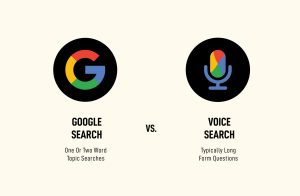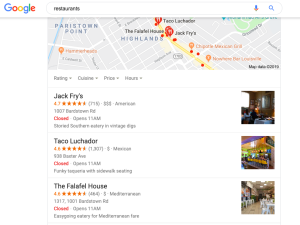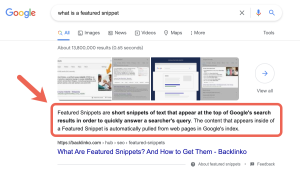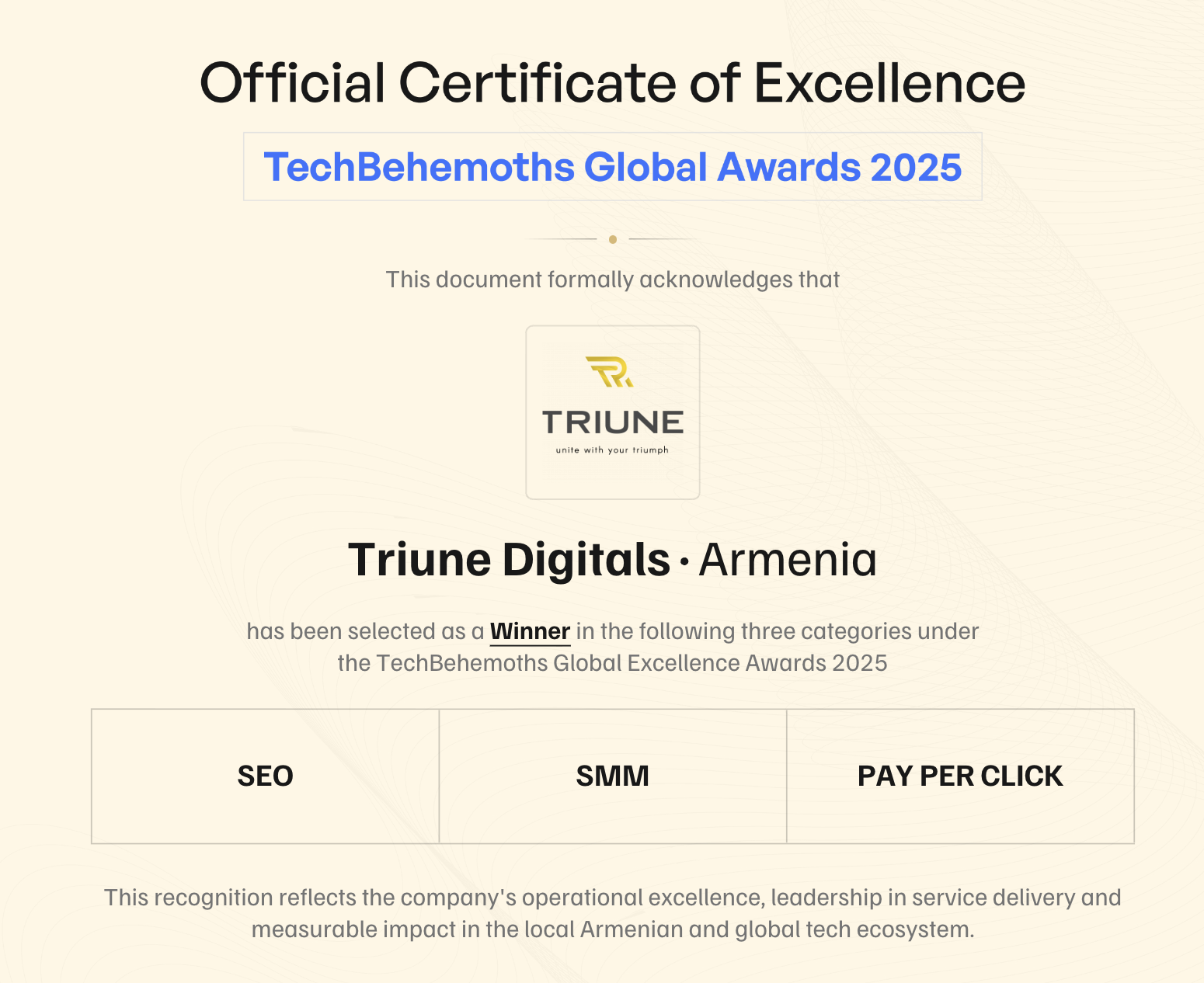With the rise of digital assistants like Siri, Google Assistant, and Alexa, voice search marketing has moved from trend to necessity. If you’re a small business looking to thrive in your local market, understanding Voice Search SEO is no longer optional—it’s essential.
In this guide, we’ll walk you through practical strategies to win in the age of conversational search, with a focus on voice search local SEO.
Key Takeaways
Voice search SEO optimizes content for voice-activated devices.
It’s vital for small businesses to remain competitive and reach a growing audience.
Key elements include conversational content, local & mobile optimization, and targeting featured snippets.
What is Voice Search SEO?
Voice Search SEO is something you should pay close attention to in today’s digital landscape. With the rise of voice assistants like Siri, Google Assistant, Alexa, and others, voice search has become a prominent feature that you can’t afford to ignore.
Did you know that over 50% of all searches are expected to be voice-based by 2024? That’s a significant portion of your potential audience turning to voice search for quick answers and information. So, optimizing your online presence for voice search is crucial to staying competitive and capturing this growing audience.
Voice search queries are different from traditional text-based searches. They tend to be more conversational, natural and focused on immediate needs or local information. For example, someone might ask, “Hey Siri, where’s the nearest coffee shop?” or “Alexa, what’s the weather like today?” These queries are more akin to real conversations, and your content needs to cater to them.
By investing in voice search SEO, you’re positioning your business to be at the forefront of this evolving technology. You’re increasing your chances of being the answer when potential customers ask their voice assistants for recommendations or information related to your products or services. Professional SEO services that specialize in voice search optimization can make a substantial difference for your small business.
How is Voice Search Different from Text Search
If you’re immersed in the world of web expertise, whether as a marketer, website owner, or SEO specialist, you’re likely well-acquainted with the standard SEO practices aimed at enhancing search result rankings. However, you might be questioning why voice search necessitates its distinct category of optimization.
You may already be familiar with on-page SEO for small businesses, but it’s essential to understand that voice search optimization has distinct characteristics that set it apart from traditional text-based searches on platforms like Google.com. These differences arise from the very nature of voice interaction.

Voice search queries often adopt a conversational and natural language style. For example, when individuals utilize voice search, their queries tend to take the form of casual questions, like “Can you recommend some great local restaurants for a romantic dinner tonight?” This contrasts with the typically more concise and keyword-centric structure of text-based searches, such as “best local restaurants.”
One of the key distinctions of voice search is its emphasis on local and mobile. Voice searches are often location-specific, with users seeking information about nearby businesses or services. For your small business, this makes voice search an invaluable tool to attract local customers. What’s more, voice searches are predominantly performed on mobile devices, especially smartphones. This highlights the importance of having a mobile-friendly website and leveraging local SEO strategies for your small business. By doing so, you can capture the mobile-heavy voice search audience and compete effectively in your local markets.
Tips and Strategies for Voice Search SEO
Here are a few voice search optimization strategies you can put into practice:
Target Question Keywords and Other Long-Tail Keywords
Targeting question keywords and long-tail keywords is crucial for optimizing your content for voice search, as these queries align more closely with how people speak and interact with voice assistants. Let’s delve deeper into the significance of this strategy and provide you with some insights.
Take a look at the chart below, which demonstrates the difference in length and conversion rate between short-tail and long-tail keywords:

Source: https://blog.scaleflex.com/voice-search-optimization/
As you can see, long-tail keywords tend to be longer and more specific than short-tail keywords. While short-tail keywords may generate more generic traffic, long-tail keywords attract high-intent users who are more likely to convert. This is because long-tail keywords are tailored to the user’s specific intent, resulting in more relevant search results.
To optimize for voice search, start by identifying question keywords. These are often framed as “who,” “what,” “when,” “where,” and “how” questions. For instance, if you run a spa business, some relevant question keywords might include:
- “What are the best spas in my area?”
- “When is the best time to get a massage?”
- “How do I find a spa near me?”
Incorporate these question keywords into your content, preferably in headings (H2), and provide concise, informative answers immediately afterward. This approach helps your content align with voice search queries and increases your chances of appearing in voice search results.
Don’t rely solely on instinct to identify relevant long-tail keywords. Keyword research for small businesses can help you succeed in voice search SEO. Utilize keyword research tools to find the most suitable keywords for your target audience. These tools provide valuable data on search volume, competition, and user intent.
Another valuable source of inspiration for long-tail keywords is the “related searches” and “people also ask” sections on Google’s search results page. When you perform a search related to your business, pay attention to these sections to understand the questions your audience frequently asks. For example, if you search for “spa services,” you might find questions like “How much does a massage cost?” or “What are the benefits of facials?” These insights can guide your keyword strategy.
To accommodate voice search queries without cluttering your content, consider including an FAQ section or dedicated page on your website. In this section, list common questions related to your business and provide concise answers. This not only caters to voice search but also positions your content for Google-featured snippet placement, increasing your visibility.
Use Conversational Language in Your Content
Did you know that content with a conversational tone tends to feel more authentic and engaging to users? When you speak in a conversational manner, your content becomes relatable and easier for your audience to connect with. This connection can lead to longer on-page dwell times, reduced bounce rates, and increased user satisfaction.
- Voice searches are conversational; adapt your content style accordingly for relevance.
- Avoid jargon and use simpler, more accessible language.
- Adding humor can engage and create a positive user experience.
- Adapt your brand’s voice to a casual, conversational style while maintaining its identity.
While adopting a more casual writing style, it’s crucial to maintain the quality of your content. High-quality content is still highly valued by search engines like Google. So, continue to provide informative and insightful content that delights your audience while presenting it in a conversational tone.
To put it into perspective, consider that 58% of consumers have used voice search to find local business information in the past year, according to BrightLocal’s Voice Search for Local Business Study. This statistic underscores the importance of tailoring your content to the conversational nature of voice search to meet the evolving preferences of your audience.
Prioritize Local SEO
Voice search local SEO is a game-changer for brick-and-mortar businesses.
When someone initiates a voice search on their smartphone, chances are they’re on the move and looking for something nearby, whether it’s a restaurant, store, or service. By optimizing for local SEO for small businesses, you’re increasing your visibility to potential customers in your immediate vicinity who are highly likely to make a purchase.
Your Google Business Profile plays a pivotal role in local SEO. It’s the listing that appears when someone searches for businesses like yours with phrases like “______ near me.” This listing provides essential information such as your location, contact details, business hours, directions, and more.
In many cases, your Google Business Profile serves as the first and only source of information that searchers have about your business. This includes accurate listings on platforms like Google My Business for small businesses and location-specific keywords.

Accordingly, maintaining an up-to-date and comprehensive profile is crucial.
To put it in perspective, research shows that 46% of all Google searches are seeking local information. Furthermore, 72% of consumers who perform a local search visit a store within five miles of their current location. These statistics highlight the tremendous impact of local SEO on attracting nearby customers to your small business.
Our local SEO guide can help you optimize your small business websites to gain visibility and increase traffic to your website.
Try to Capture Google Featured Snippets
Google-featured snippets are prominently displayed at the top of search engine results pages (SERPs), making them highly visible to users. When your content appears in a featured snippet, it’s the first thing users see, increasing the likelihood that they will click through to your website.

In the context of voice search, featured snippets are particularly important. Virtual assistants like Siri, Google Assistant, and Alexa often rely on featured snippets to provide voice search answers to users. When you capture a featured snippet, your content is more likely to be read aloud as the answer to voice queries, enhancing your visibility in voice search results.
Capturing a featured snippet can result in a significant traffic boost to your website. Studies have shown that websites featured in position zero (the featured snippet) receive a higher click-through rate than those in other positions on the search results page.
Not every website can secure a featured snippet, but by optimizing your content and following best practices, you increase your chances. This can give your small business a competitive advantage in your industry, as you’re more likely to be chosen as the source of information in voice search results.
To highlight the significance of featured snippets, consider that they are present in about 12.29% of search queries, as reported by Ahrefs. This means that a substantial portion of search queries offers an opportunity to capture a featured snippet and gain a competitive edge.
Use Schema Markup
Using schema markup is a valuable technique that not only enhances your site’s on-page SEO but also plays a crucial role in improving your chances of appearing in voice search results.
Schema markup provides search engines, including Google, with structured data about your business, such as hours of operation, address, contact information, pricing details, and reviews. This structured data helps search engines understand your content better and present more detailed search results to users. As a result, your website becomes more visible in search results, increasing the likelihood of attracting clicks.
In the realm of voice search, schema markup is especially valuable. When virtual assistants like Google Assistant or Siri retrieve information from search results, they rely on structured data to provide concise and accurate answers to user queries. By implementing schema markup, you make it easier for these voice assistants to access and understand your content, improving your relevance in voice search results.

Optimize for Mobile
Optimizing your website for mobile is a critical step that directly impacts your visibility in both text and voice search results.
Mobile devices account for more than half of all global internet traffic, making them the primary means of accessing the internet for users worldwide. This shift in user behavior underscores the significance of having a mobile-optimized website.
Around 27% of mobile users are utilizing voice search on their smartphones. This trend highlights the growing importance of catering to mobile users who rely on voice search to find information quickly and conveniently.
Google, the dominant search engine, places great emphasis on the mobile user experience and considers it integral to determining website rankings. To rank well in both text and voice search results, it’s crucial to embrace responsive design and implement mobile-friendly practices.
Given that voice searches often occur on mobile SEO, ensure your website is mobile-friendly and provides a seamless user experience. By ensuring that your website is optimized for mobile, you gain a competitive edge in the evolving digital marketplace. You not only meet the expectations of mobile users but also position your small business to capture a broader audience through voice search.
To emphasize the importance of mobile optimization, consider that Google has transitioned to a mobile-first indexing approach, where it primarily uses the mobile version of a website for ranking and indexing. This further underscores the necessity of having a mobile-friendly and SEO-friendly website to remain competitive and visible in search results.
Keep Your Site Fast
Keeping your website fast is crucial for a positive user experience and for improving your visibility in voice search results. Here’s why website speed matters for your small business:
Users today have high expectations when it comes to website loading times. Research shows that 47% of consumers expect a web page to load in two seconds or less. If your website is sluggish, it can lead to frustration and a higher likelihood of users leaving your site.
Google considers page load time as one of its ranking factors. Websites that load quickly are more likely to rank higher in search results. This factor extends to voice search, as Google aims to provide fast and relevant answers to voice queries.
A fast-loading website enhances the user experience in SEO. Users are more likely to engage with your content, spend more time on your site, and ultimately convert into customers when they have a seamless and speedy browsing experience.
To underline the importance of website speed, consider that a one-second delay in page load time can result in a 7% reduction in conversions, according to research by Akamai. This demonstrates the significant impact that even minor improvements in website speed can have on your small business’s online success.
To measure your website load time use Google Analytics for small business SEO.

Final Thoughts
Voice search isn’t a futuristic trend- it’s here, and it’s reshaping the digital marketing landscape. For small businesses, this shift is an opportunity to connect with local customers in real time, in real conversations.
By embracing voice search marketing now, you’re not just keeping up—you’re staying ahead.
Contact us, and our professional team will optimize your website to boost your visibility in voice search results.
FAQs
What are some common mistakes my small business should avoid in voice search SEO?
Common mistakes to avoid include neglecting mobile optimization, failing to provide accurate business information for local search, and not creating content that matches natural language queries. Staying informed about the evolving voice search landscape is essential to avoid such errors.
How long does it take to see results from voice search SEO efforts?
The timeline for seeing results from voice search SEO can vary depending on various factors, including the competitiveness of your industry and the quality of your optimization efforts. Generally, it may take several months to start noticing significant improvements in voice search visibility.
Are there any tools or resources available to help with voice search SEO for small businesses?
Yes, several tools and resources, such as Google’s Keyword Planner and schema markup generators, can assist small businesses in their voice search SEO efforts. Also, staying updated with industry news and best practices is essential.





